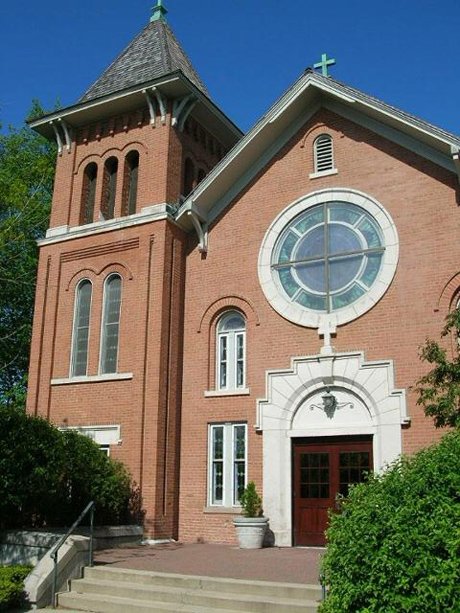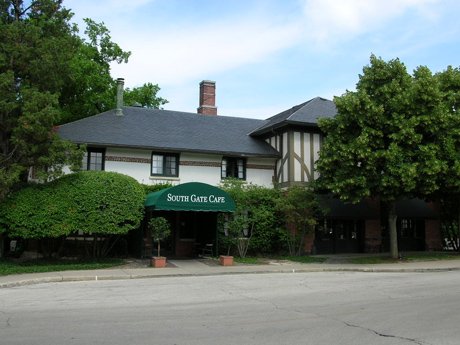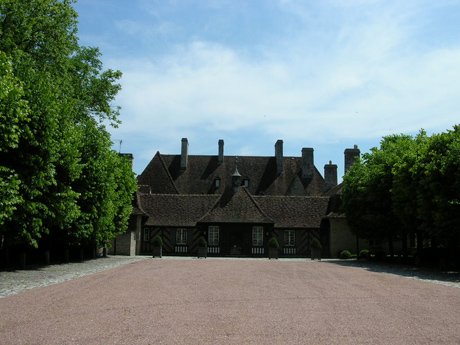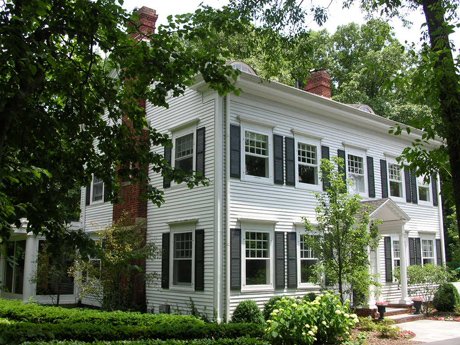1991 Preservation Awards

991 S. Waukegan Road
Built in 1910, the Italianate church is the fourth home of the second oldest church in the Chicago Archdiocese and one of the earliest in Illinois. The community represented by St. Patrick's Parish is the oldest continuous organization in Lake Forest, dating to the mid-1830s. The church and rectory were extensively and carefully restored in 1986 to closely resemble their original exterior appearances. Many interior improvements also were made to update facilities for the growing parish. Included among the aesthetic changes were new Stations of the Cross, commissioned and executed by noted Lake Forest artist Franklin McMahon. .

665 Forest Avenue
The Old Fire Station, now functioning as Southgate Cafe, was designed in 1901 by Lake Forest architects Charles Sumner Frost and Alfred E. Granger. One of the first fire stations in town, the building was designed originally with three bays for horse-drawn wagons. At one time, the jail was also located in this building. Later, the Lake Forest Recreation Department held classes here. the building is on the National Register of Historic Places as a structure within the Lake Forest National Register Historic District. .

111 W. Westminster
The Noble Brandon Judah Estate Manor House was designed by New York architect Philip Lippincott Goodwin and built between 1925-1928 as part of a 40-acre Green Bay Road estate. It received the nation's highest honor when it was listed on the National Register of Historic Places in August 1990. The estate was subdivided many years ago, but it still has a "sense of place" because of its open configuration of residential outbuildings and new construction. The meticulously restored manor house is an outstanding example of French Renaissance Revival Style. All of the buildings have a stylistic unity created by warm-toned, rough-faced limestone, patterned brick, half-timbering and steep flared-hip or mansard roofs. The gardens, which have also been restored, are a primary example of 17th century French landscape design. .

481 Wilshire Road
This handsome Colonial Revival home was located originally on Ridge Road at the present site of Northcroft Park. Designed in 1912 by Chicago architect William Arthur Warren as a summer home for Mr. and Mrs. William S. North, the house retains its original exterior. The vestibule was remodeled in 1932 for Miss Dorothy North by Chicago architects Walcott and Work. When Northcroft Park was planned, the present owners saved the house from demolition by moving it to its present location. They recognized that the home, though in disrepair, was worthy of preservation. With great care, they restored the building to its former elegance and warmth, thus assuring it a secure future in the Lake Forest streetscape. .